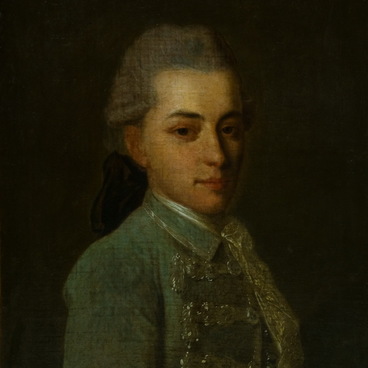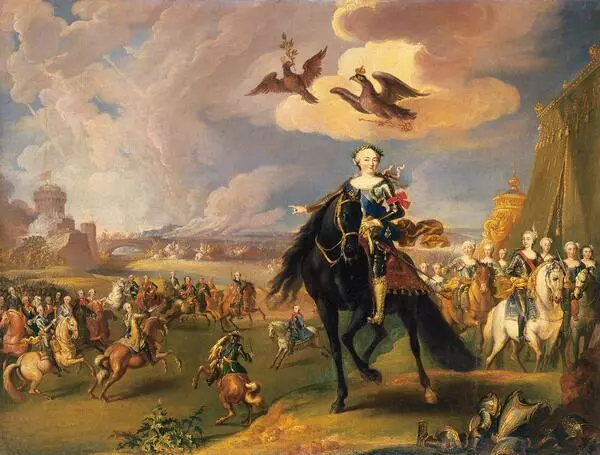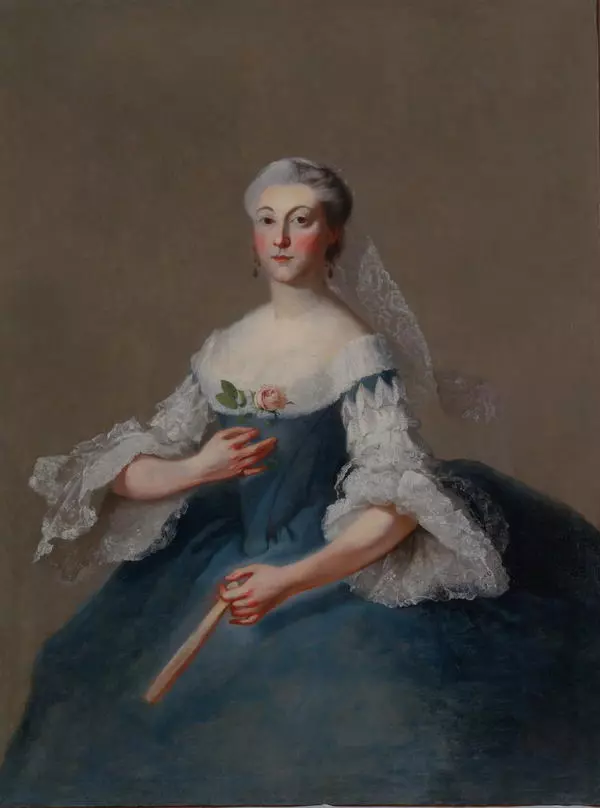The portrait of Count Ivan Vorontsov from the collection of Tambov Picture Gallery was painted by Austrian artist Georg Caspar Prenner. His customers in Russia were representatives of St. Petersburg high society and the imperial house, for whom he created ceremonial portraits.
Portrait of I.I. Vorontsov
Creation period
first half of the 1750s
Dimensions
135x100 cm
Technique
oil on canvas
Collection
Exhibition
8
Open in app#2
#5
Georg Caspar Prenner was born in Vienna. His father was a court painter, who gave his son his first painting classes. Prenner continued his studies in Italy, where he painted church altars and made an album of engravings for Roman cardinal Troiano Acquaviva d’Aragona
#6
Georg Caspar Prenner arrived in St. Petersburg in 1750 at the invitation of Count Vice Chancellor Mikhail Vorontsov. The young artist quickly raised to popularity in the city — rich merchants and members of the Russian capital’s nobility commissioned him to create their portraits. Among them were Chancellor Alexey Bestuzhev-Ryumin, Count Pyotr Shuvalov and even Empress Elizaveta Petrovna. Prenner created a total of 13 paintings in Russia including a lifetime portrait of scientist Mikhail Lomonosov, which has not survived to this day.
#7
One of the Austrian artist’s customers was Vice Chancellor Vorontsov’s brother Ivan. He served as a leib company officer, participated in the enthronement of Elizaveta Petrovna. In 1748, Ivan Vorontsov married a 23-year-old Maria Volynskaya, the daughter of cabinet minister Artemy Volynsky. This painting is part of the spouses’ pendant portrait.
#8
Ivan Vorontsov posed for the artist wearing the uniform of Life Guards Preobrazhensky Regiment comprising a caftan and a sleeveless jacket both of green colour. The fashion for such outfits came from France. They were distinguished by their wide cuffs and a special texture of the fabric; the caftan always widened out in the lower part and had galloons (gold braid trims). Vorontsov’s image is complemented by a small wig with pigeonwings. With his left hand, the count leans on the hilt being part of the bladed cold weapon, by which swords were held during battles.
#9
On Vorontsov’s chest there is an officer’s badge – a gorget — which he received in memory of the battle of Narva. On the convex crescent-shaped plate bearing the image of the St. Andrew’s cross the date of the battle is engraved below the crown: 1700 19 No.
#10
Ministry of Culture of the Russian Federation
read morehide
00:00
00:00
1x
Portrait of I.I. Vorontsov
Creation period
first half of the 1750s
Dimensions
135x100 cm
Technique
oil on canvas
Collection
Exhibition
8
Open in app
Share





